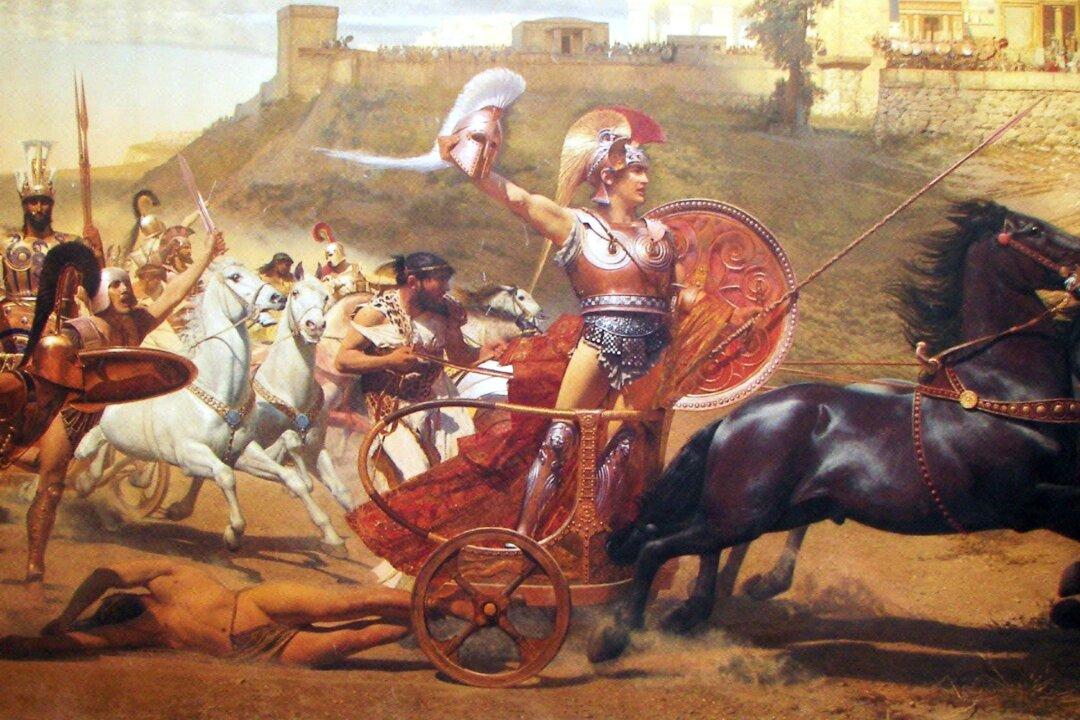Commentary
One of the most famous events of the Culture Wars of the 1980s took place at Stanford University in 1987. Jesse Jackson delivered a speech there as part of a possible presidential run in 1988, a repeat of the campaign of 1984, which went under the name Rainbow Coalition. Jackson was the leading political figurehead of that era’s multiculturalism; to speak on college campuses was a natural move, given that multiculturalist ideas had their birth and growth in higher education starting a few decades before.





